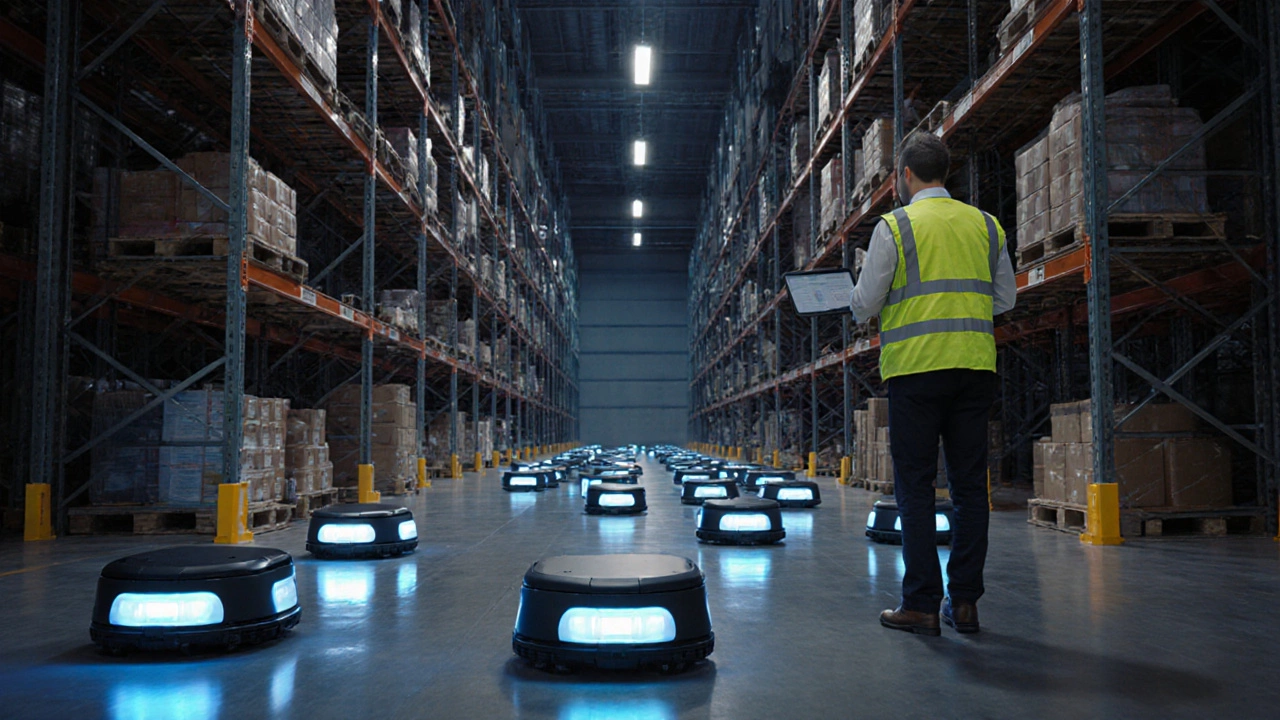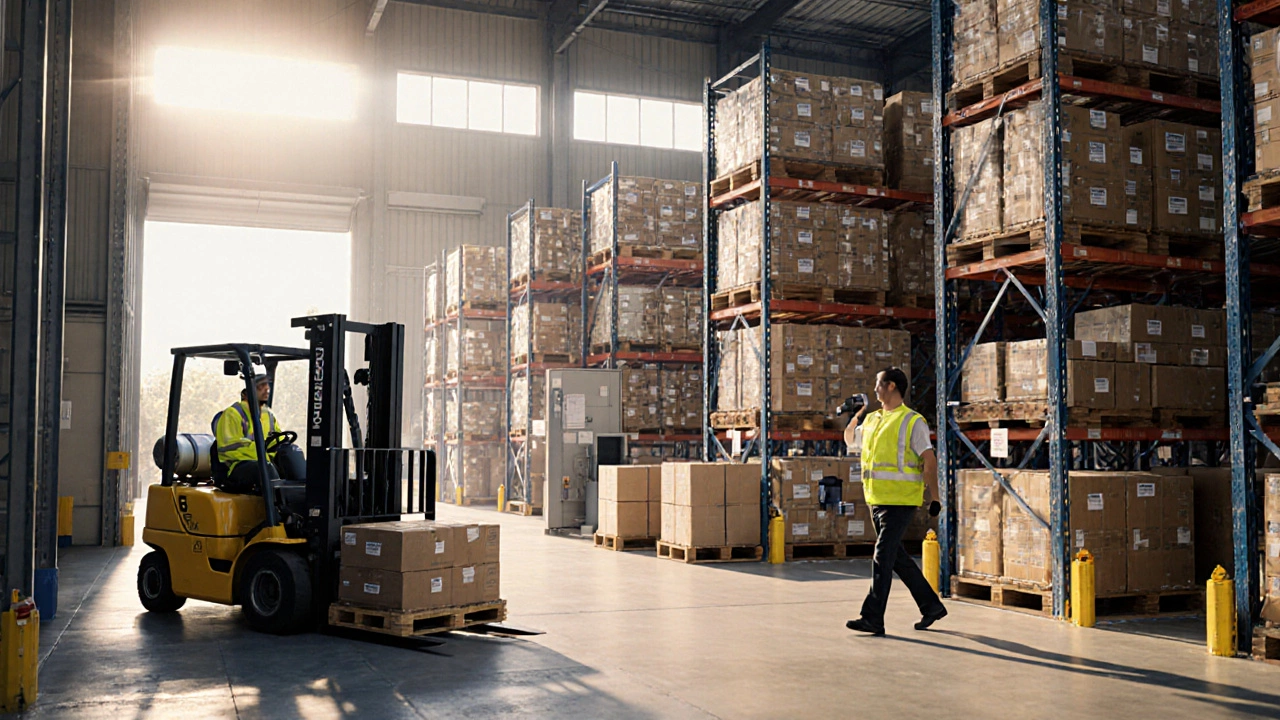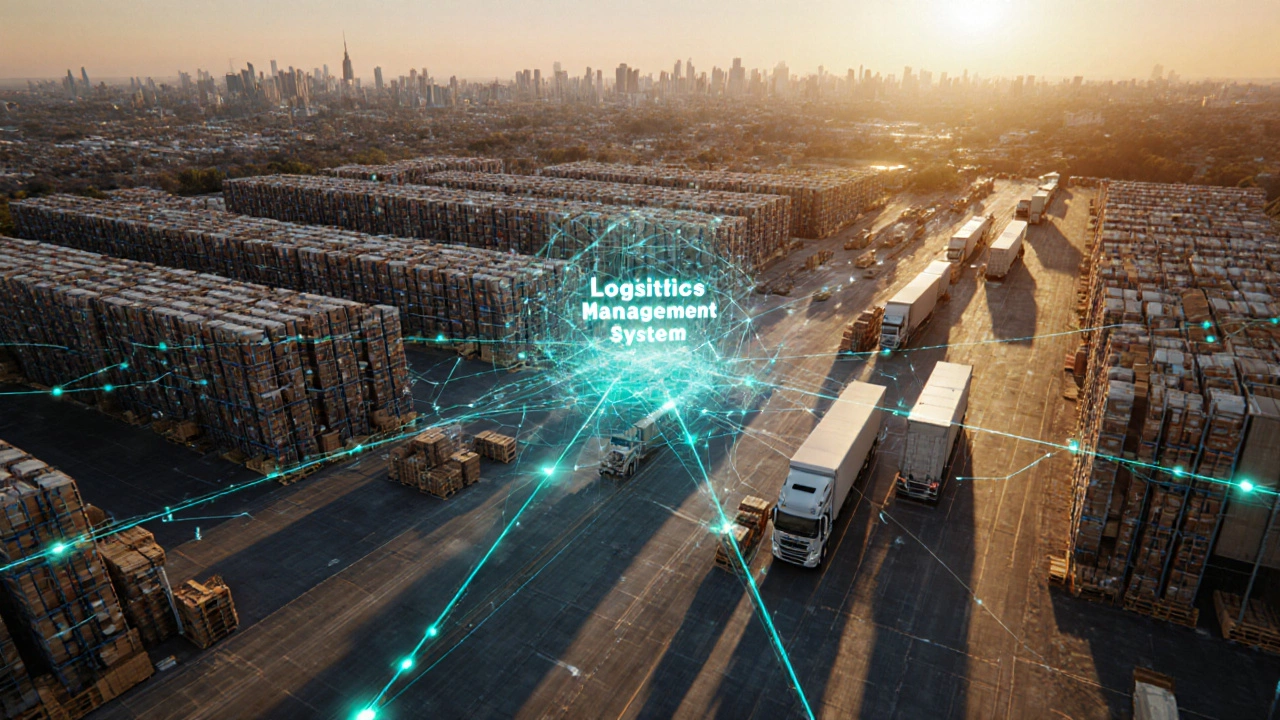Warehouse Automation: Transform Your Facility with Smart Technology
When working with warehouse automation, the use of technology to streamline warehouse operations, cut manual labor, and boost accuracy. Also known as automated warehousing, it reshapes how goods move inside a facility. Warehouse automation is powered by several key tools. One of the most critical is a Warehouse Management System (WMS), software that tracks inventory, schedules tasks, and optimizes labor. Another pillar is Robotics, machines that handle picking, sorting, and palletizing with high speed, which directly reduces errors and speeds up order fulfillment. Complementing these, IoT sensors, connected devices that monitor temperature, humidity, and equipment health in real time feed data into the system, enabling predictive maintenance and tighter inventory control. Finally, conveyor systems, automated belts and sorters that move items across the warehouse floor keep the flow continuous, minimizing manual handling. Together, these technologies create a network where warehouse automation includes robotics, warehouse automation requires IoT sensors, and Robotics improves order picking efficiency — three clear semantic connections that drive productivity.
Key Components and Their Real‑World Impact
Every modern warehouse starts with a solid WMS foundation. The system acts as the brain, coordinating inbound shipments, storage locations, and outbound orders. When the WMS talks to robotics, the robots receive precise pick lists and know exactly where each SKU resides, slashing the time workers spend walking aisles. IoT sensors add a layer of visibility: they alert managers if a refrigeration unit drifts outside safe temperatures, preventing spoilage before it happens. Conveyor systems link zones, moving cartons from picking stations to packing stations without a single human touch. This seamless handoff means a single order can travel from receipt to shipment in minutes rather than hours. Companies that adopt this stack report up to 30% faster order turnaround and a 20% reduction in labor costs, numbers that come straight from recent case studies in the Chennai logistics market. The result isn’t just faster shipping; it’s a smarter, data‑driven operation that can scale when demand spikes, such as during holiday sales or sudden market swings.
What ties all these pieces together is the idea that automation isn’t a one‑size‑fits‑all fix—it’s a set of adaptable tools you can layer based on your size, budget, and goals. Small businesses might start with a cloud‑based WMS and a few robotic arms for high‑volume SKUs, while larger firms can invest in sprawling conveyor networks and thousands of IoT nodes. The flexibility of the ecosystem means you can grow your automation step by step, constantly measuring ROI at each stage. Below you’ll find a curated collection of articles that dive deeper into each component, from choosing the right WMS provider to mastering robot programming and leveraging sensor data for predictive maintenance. Whether you’re just curious about what automation looks like or ready to overhaul your entire floor, the insights ahead will help you map a clear path forward.


